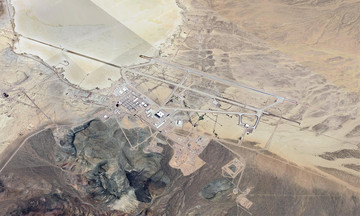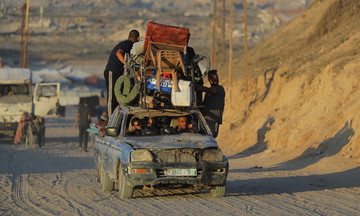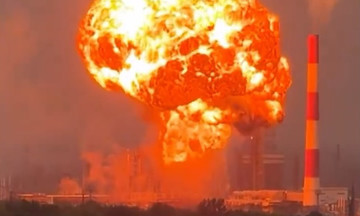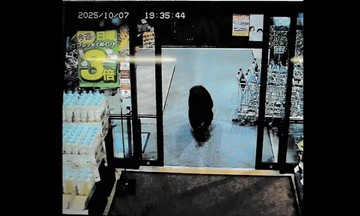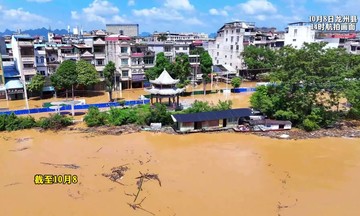Applied Research Associates (ARA), a New Mexico-based research and engineering firm, announced on 8/9 that it had been awarded a two-year contract to design and build a prototype of the Next Generation Penetrator (NGP) bomb to replace the GBU-57 Massive Ordnance Penetrator (MOP) currently in service with the US Air Force. The contract value remains undisclosed.
ARA is collaborating with Boeing, the manufacturer of the GBU-57, on the development of the NGP. Boeing will design and develop the bomb's tail kit and provide life-cycle engineering support. ARA will then build and test scale models before moving on to a full-size prototype.
"This effort will transform the capability to strike deeply buried and hardened targets, which pose a significant challenge to US national security," ARA stated.
 |
A B-2 bomber releases a GBU-57 during a test. Photo: USAF |
A B-2 bomber releases a GBU-57 during a test. Photo: USAF
In February 2024, the US Air Force Life Cycle Management Center's (AFLCMC) Munitions Directorate requested a bomb weighing under 9 tons with blast, fragmentation, and penetration capabilities. The agency did not specify the total mass or dimensions of the new bomb.
The AFLCMC also stipulated that the bomb must hit within a 2.2-meter radius of the target in at least 90% of drops, even with degraded or absent GPS signals. This is a high degree of accuracy, especially in GPS-denied environments. For comparison, JDAM bombs, which use inertial guidance combined with GPS, have a 5-meter circular error probability under ideal conditions, but this increases to 30 meters without GPS.
The plan to replace the GBU-57 has been underway since the 2010s, shortly after the bomb entered service. This effort gained momentum after a June airstrike on Iran raised questions about the GBU-57's penetration capabilities.
In the early hours of 22/6, the US Air Force deployed B-2 stealth bombers to drop 14 GBU-57 bombs on targets in Iran. Twelve targeted the Fordow uranium enrichment plant, often dubbed Iran's "nuclear fortress," while two others struck an underground facility at the Natanz nuclear site.
Post-strike satellite images revealed craters at both Fordow and Natanz, but the extent of the damage and the effectiveness of the GBU-57s remained unclear.
US media later cited four anonymous sources claiming that Chairman of the Joint Chiefs of Staff Dan Caine admitted that Isfahan, one of Iran's largest nuclear facilities, was buried so deep that even the GBU-57 would struggle to reach it.
Nguyen Tien (After WarZone, AFP, AP)





